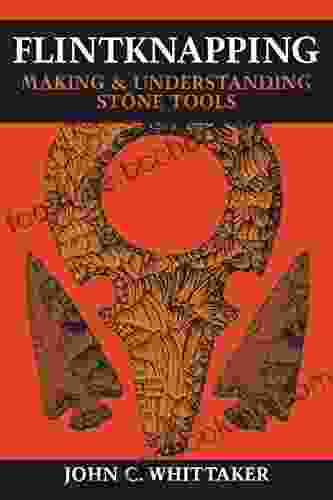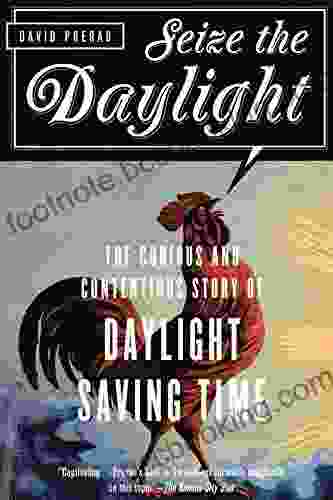Flintknapping: Making and Understanding Stone Tools

Unveiling the Ancient Art of Stone Tool Creation
Embark on an enlightening journey into the fascinating world of flintknapping, an ancient skill that has played a pivotal role in human history. This comprehensive guide unveils the intricacies of stone tool making, providing a thorough understanding of the techniques, materials, and significance of these prehistoric tools.
The Art of Flintknapping

4.7 out of 5
| Language | : | English |
| File size | : | 26313 KB |
| Text-to-Speech | : | Enabled |
| Screen Reader | : | Supported |
| Enhanced typesetting | : | Enabled |
| Word Wise | : | Enabled |
| Print length | : | 512 pages |
| Lending | : | Enabled |
Flintknapping is the age-old craft of shaping stone into tools and weapons. Through the application of precise strikes and controlled pressure, skilled flintknappers transform raw materials like flint, chert, and obsidian into a wide array of implements, from arrowheads to axes.
This ancient technique involves a deep understanding of the material's properties and a keen eye for identifying its weakest points. By exploiting natural flaws and applying targeted force, flintknappers create intricate and functional tools tailored to specific tasks.
Essential Materials: Understanding Stone Properties
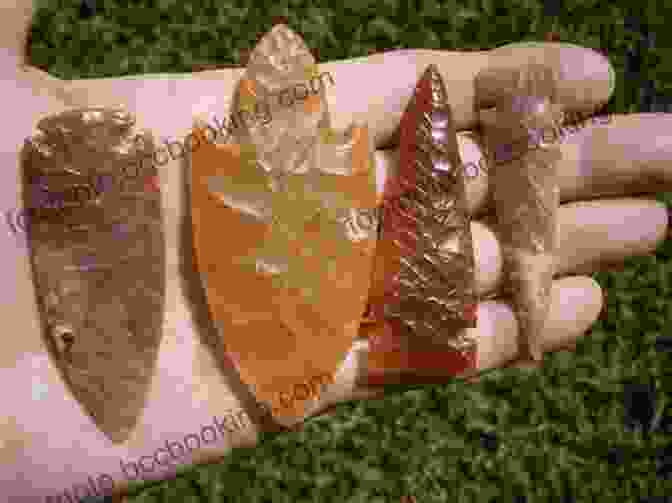
The choice of stone plays a crucial role in flintknapping. Different materials exhibit unique characteristics that influence the shape and functionality of the finished tool. Here are some common types used by flintknappers:
- Flint: A type of sedimentary rock known for its conchoidal fracture pattern, which allows for clean and predictable breaks.
- Chert: A fine-grained sedimentary rock similar to flint, often used for making projectile points and cutting tools.
- Obsidian: A volcanic glass with a glassy fracture that produces razor-sharp edges, ideal for surgical instruments and arrowheads.
- Quartzite: A hard, metamorphic rock that is difficult to knap but provides exceptional durability for tools like axes and scrapers.
Techniques and Tools of the Trade
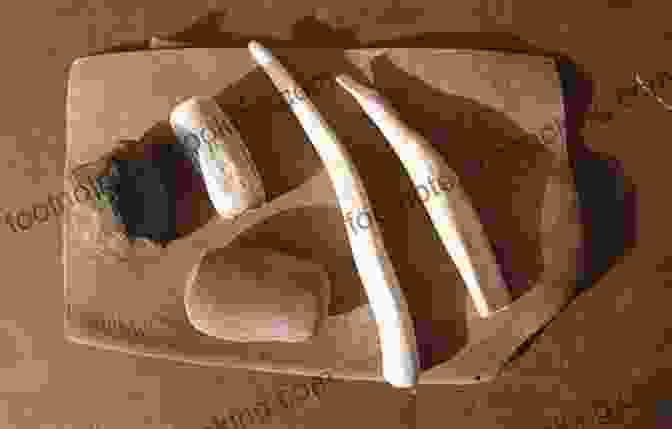
Flintknapping involves a range of techniques, each requiring specialized tools. Some of the most common techniques include:
- Percussion flaking: Using a hammerstone to strike and remove flakes from the stone, shaping the tool's form.
- Pressure flaking: Applying pressure with a bone or antler tool to create finer, more controlled flakes, producing intricate designs.
- Retouch: Refining the tool's edges by removing small flakes to sharpen and shape them.
Flintknappers employ a variety of tools, including hammerstones, antlers, antler flakers, and pressure flakers, each designed for specific techniques.
Significance of Stone Tools in Human History
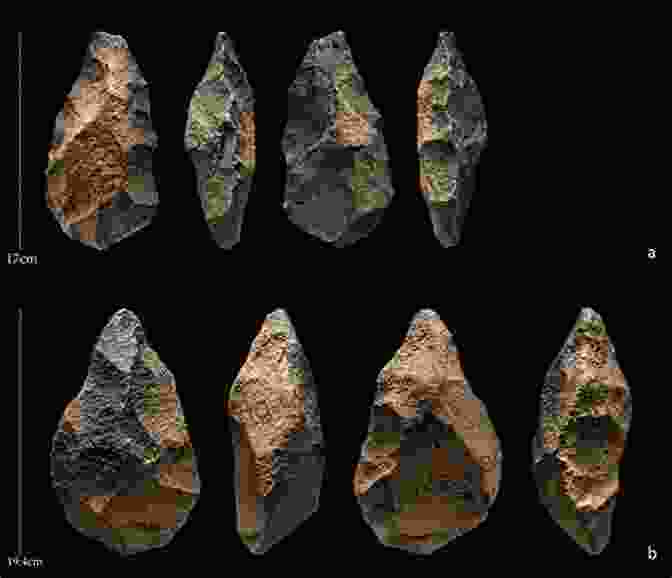
Stone tools played a vital role in the survival and development of humankind. They were essential for hunting, gathering, food preparation, and everyday tasks. The types of tools and their sophistication varied across regions and time periods, reflecting cultural adaptations and technological advancements.
From the earliest hand axes to the finely crafted arrowheads, stone tools enabled humans to adapt to diverse environments, exploit new food sources, and establish complex social structures. Understanding their manufacture and use provides valuable insights into the ingenuity and technological prowess of our ancestors.
Preserving and Studying the Past: Flintknapping Today
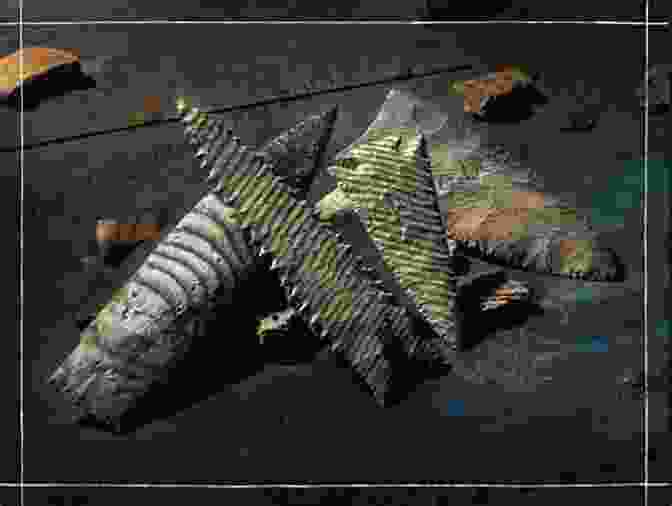
Flintknapping is not just a historical curiosity; it continues to be practiced today by skilled artisans and enthusiasts. These modern flintknappers preserve and perpetuate this ancient knowledge, creating replicas of prehistoric tools and experimenting with new techniques.
The study of flintknapping also aids archaeologists and anthropologists in understanding past cultures and technologies. By analyzing stone tools, researchers can gain insights into tool production, resource procurement, and the evolution of human behavior.
: The Enduring Legacy of Stone Tools

Flintknapping, the art of stone tool making, is a testament to human ingenuity and adaptability. Through the skillful manipulation of natural materials, our ancestors created tools that shaped their world. Understanding the techniques, materials, and significance of stone tools not only provides a glimpse into the past but also highlights the enduring legacy of human craftsmanship.
4.7 out of 5
| Language | : | English |
| File size | : | 26313 KB |
| Text-to-Speech | : | Enabled |
| Screen Reader | : | Supported |
| Enhanced typesetting | : | Enabled |
| Word Wise | : | Enabled |
| Print length | : | 512 pages |
| Lending | : | Enabled |
Do you want to contribute by writing guest posts on this blog?
Please contact us and send us a resume of previous articles that you have written.
 Book
Book Novel
Novel Page
Page Chapter
Chapter Text
Text Story
Story Genre
Genre Reader
Reader Library
Library Paperback
Paperback E-book
E-book Magazine
Magazine Newspaper
Newspaper Paragraph
Paragraph Sentence
Sentence Bookmark
Bookmark Shelf
Shelf Glossary
Glossary Bibliography
Bibliography Foreword
Foreword Preface
Preface Synopsis
Synopsis Annotation
Annotation Footnote
Footnote Manuscript
Manuscript Scroll
Scroll Codex
Codex Tome
Tome Bestseller
Bestseller Classics
Classics Library card
Library card Narrative
Narrative Biography
Biography Autobiography
Autobiography Memoir
Memoir Reference
Reference Encyclopedia
Encyclopedia Phil Bildner
Phil Bildner Francois Klaus
Francois Klaus Frank Gallinelli
Frank Gallinelli Ralph J Stephenson
Ralph J Stephenson Franck Mirmont
Franck Mirmont Molly Dox
Molly Dox Donald Rayfield
Donald Rayfield Susan Smith Josephy
Susan Smith Josephy Mira Ptacin
Mira Ptacin Pamparam Kids Books
Pamparam Kids Books Kendyl Jameson
Kendyl Jameson Paul Kahan
Paul Kahan Franklin W Dixon
Franklin W Dixon John Freely
John Freely Stefan Bechtel
Stefan Bechtel Daniel Jordano
Daniel Jordano Rachel Dunstan Muller
Rachel Dunstan Muller Sara Dallin
Sara Dallin Robert Milner
Robert Milner Second Edition Revised Kindle Edition
Second Edition Revised Kindle Edition
Light bulbAdvertise smarter! Our strategic ad space ensures maximum exposure. Reserve your spot today!
 Christopher WoodsFollow ·12.7k
Christopher WoodsFollow ·12.7k John KeatsFollow ·6.6k
John KeatsFollow ·6.6k Graham BlairFollow ·15.8k
Graham BlairFollow ·15.8k Aubrey BlairFollow ·16.5k
Aubrey BlairFollow ·16.5k Richard SimmonsFollow ·6.2k
Richard SimmonsFollow ·6.2k Cortez ReedFollow ·2.3k
Cortez ReedFollow ·2.3k John MiltonFollow ·4.5k
John MiltonFollow ·4.5k Seth HayesFollow ·19.7k
Seth HayesFollow ·19.7k

 Howard Blair
Howard BlairHeroes and Villains from American History: The Biography...
David Dixon...

 Felipe Blair
Felipe BlairAn Informal History of the 1920s: Uncovering the Roaring...
The 1920s, an era...

 Howard Blair
Howard BlairHow a Peculiar Victorian Zookeeper Waged a Lonely Crusade...
In the enigmatic world of Victorian...
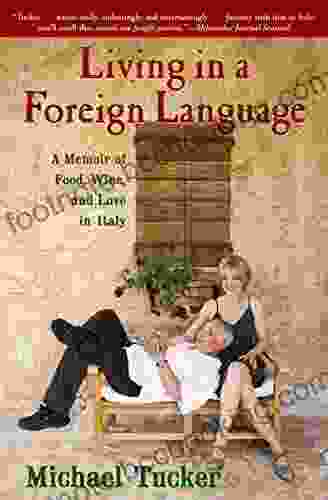
 Harold Powell
Harold PowellMemoir of Food, Wine, and Love in Italy: A Culinary...
Prepare your senses...
4.7 out of 5
| Language | : | English |
| File size | : | 26313 KB |
| Text-to-Speech | : | Enabled |
| Screen Reader | : | Supported |
| Enhanced typesetting | : | Enabled |
| Word Wise | : | Enabled |
| Print length | : | 512 pages |
| Lending | : | Enabled |


